Basic Cooking Techniques You Need to Know
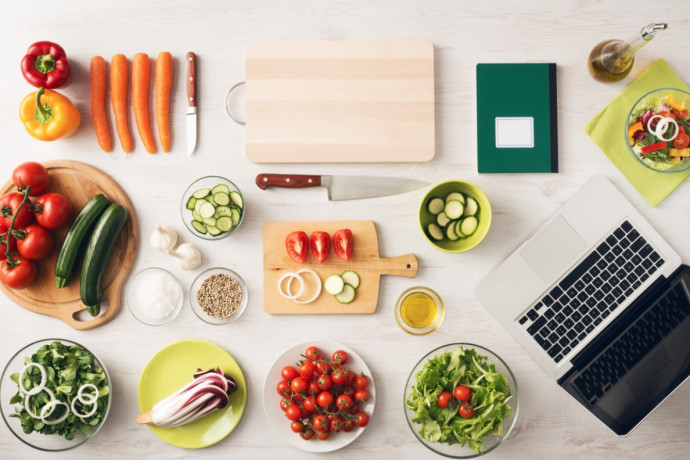
Even if you are comfortable in the kitchen, this list is a handy mnemonic device for deciphering recipe instructions. The better you're able to understand recipes, the more organized you'll be when working through them. Follow these basic rules for heating, cooling, softening, and melting.
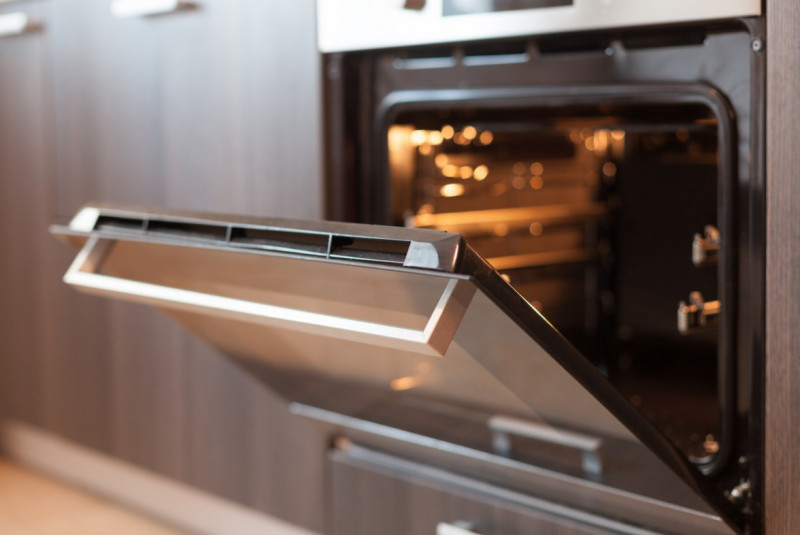
1. Preheating oven
A preheated oven is one that has been turned on and allowed to reach the desired temperature before the food is placed inside. Unless a recipe specifies otherwise, ovens should always be preheated. In most ovens, 10 to 15 minutes is adequate time to preheat.
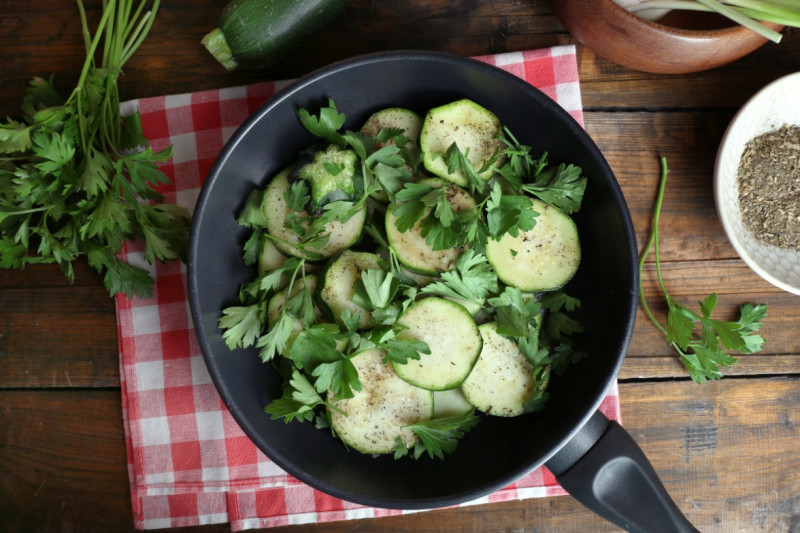
2. Sautéing
Sautéing is a form of dry-heat cooking that uses a hot pan and a small amount of fat to cook foods like vegetables, meats, and seafood very quickly. Like other dry-heat cooking methods, sautéing browns the food's surface as it cooks and develops complex flavors and aromas.
3. Softening foods
Softened foods are those like butter or cream cheese that have been allowed to stand at room temperature until they are no longer hard to the touch, usually a minimum of 15 minutes.
4. Braising
Braising is a moist-heat technique for cooking meats and vegetables. The low and slow temperatures help tenderize tough cuts of meat as well as root vegetables, greens, and legumes and are the starting point for making soups and stews.
5. Simmering
Not to be confused with boiling, simmering is a moist cooking method. Simmering is a gentle technique, where the liquid is kept just below boiling, that's useful for cooking dishes like vegetables, soup, and stews.
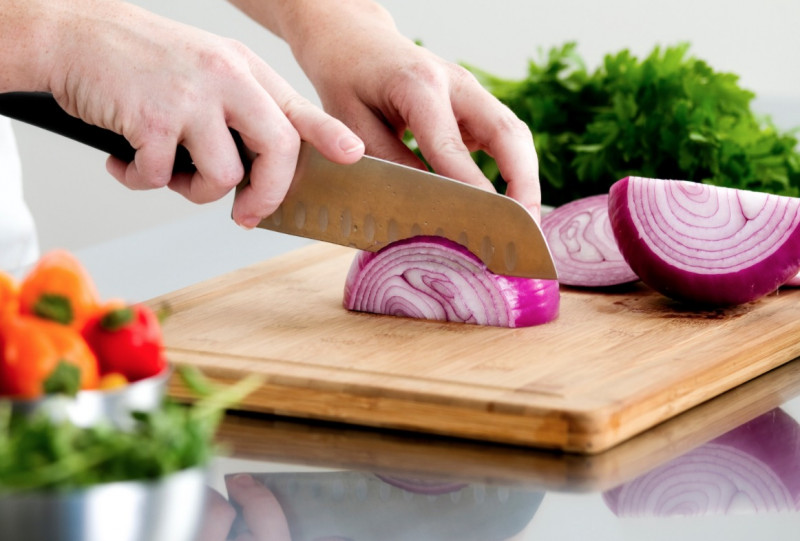
6. Chopping an Onion
Once you've got your basic knife skills down, here's your first test: chopping an onion. Any number of savory dishes and sauces feature chopped onions, so you might as well learn to chop them a safe and easy way. Chopping an onion is one of the most common kitchen tasks, as well as one of the easiest — assuming you know the right way to do it. Ready to get started? Place the onion on its side on the cutting board in front of you and slice off the top and bottom ends. Your onion now has two flat ends. Carefully cut the onion in half by slicing straight down through the center.
7. Deglazing a Pan
Deglazing a pan is a technique used after sautéing, searing, or browning food in a pan. Liquid is added, such as stock or wine, to loosen and dissolve the food particles that are stuck to the bottom of the pan. The flavorful mixture produced by deglazing can be used to make a simple pan sauce. Deglazing works best if you have just roasted a piece of meat in a pan in the oven, or maybe sautéed it in a skillet.
Here's how:
Remove any burnt, blackened bits from the bottom of the pan prior to deglazing, and pour out most of the fat left in the pan.
Pour about a cup of cold liquid into the hot pan. As the liquid sizzles, use a wooden spoon to scrape along the entire bottom of the pan to loosen the fond.
Bring the liquid to a boil, then reduce heat and simmer until it's reduced by about half.
8. Soften cold butter
To soften cold butter or margarine in the microwave: Place 1 stick unwrapped or 1⁄2 cup uncovered butter or margarine on a plate. Microwave on low 30 to 45 seconds in a 1,000-watt oven. Adjust time if wattage varies.
9. Soften cold cream
To soften cold cream cheese in the microwave: Place unwrapped cheese on an uncovered plate. Heat on high, 15 to 30 seconds for a 3-ounce package or 30 to 45 seconds for an 8-ounce package. Adjust time if oven wattage is not 1,000.
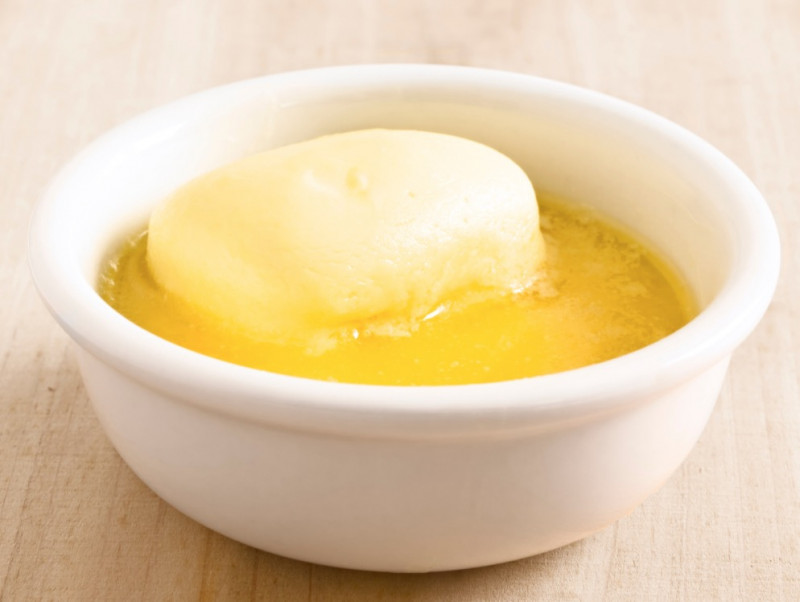
9. Soften cold cream
To soften cold cream cheese in the microwave: Place unwrapped cheese on an uncovered plate. Heat on high, 15 to 30 seconds for a 3-ounce package or 30 to 45 seconds for an 8-ounce package. Adjust time if oven wattage is not 1,000.
